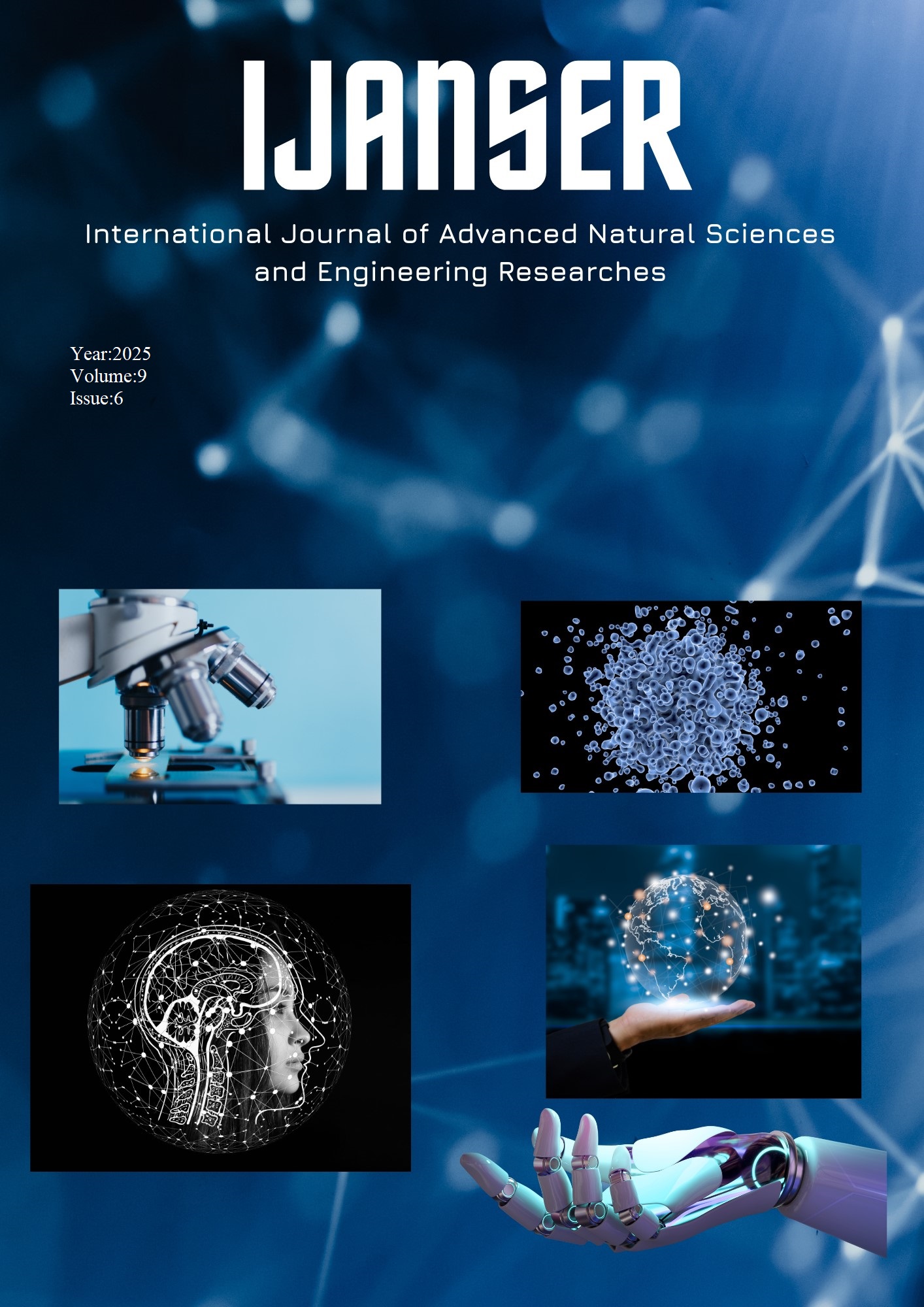A Framework for Multiclass Classification of Eye disease Using Deep Learning
Keywords:
Eye Disease, Deep Learning, VGG-16, Medical Images, AMDAbstract
Eye diseases must be found and treated early to prevent problems with vision and ensure the
right treatment is given. A model based on deep learning and the VGG-16 structure is suggested in this
study for the automatic detection of six common ophthalmic conditions: AMD, Cataract, Diabetic
Retinopathy, Glaucoma, Retinal Detachment and Normal. Kaggle datasets that were made freely
available were selected for this study and used in a split of 80% for training and 20% for testing. In order
to match the VGG-16 model and improve image quality, we resized the images to 227×227 pixels, used
ImageNet statistics for normalization and added Gaussian blur to filter out noise. The model achieved a
total accuracy of 95%, macro and weighted average precision, recall and F1-scores were all recorded as
0.96 and 0.95. This confirms that the model can correctly detect a wide array of eye diseases in fundus
images, suggesting it will be useful for both early screening and automatic diagnosis in ophthalmology.
Although the model produced excellent results for all eye disease. This research shows that VGG-16 and
other deep learning techniques can greatly benefit medical image analysis and aid doctors in making
decisions about patients in ophthalmology.
Downloads
References
Akram, A. and R. Debnath, An automated eye disease recognition system from visual content of facial imagesusing machine learning techniques. Turkish Journal of Electrical Engineering and Computer Sciences, 2020. 28(2): p. 917-932.
Li, J.Q., et al., Prevalence, incidence and future projection of diabetic eye disease in Europe: a systematic review and meta-analysis. European journal of epidemiology, 2020. 35: p. 11-23.
Zia, A., et al., Eye diseases detection using deep learning with BAM attention module. Multimedia Tools and Applications, 2024. 83(20): p. 59061-59084.
Sengar, N., et al., EyeDeep-Net: a multi-class diagnosis of retinal diseases using deep neural network. Neural Computing and Applications, 2023. 35(14): p. 10551-10571.
Ramanathan, G., et al. Eye disease detection using Machine Learning. in 2021 2nd Global Conference for Advancement in Technology (GCAT). 2021. IEEE.
Malik, S., et al., Data driven approach for eye disease classification with machine learning. Applied Sciences, 2019. 9(14): p. 2789.
Rashid, F., J. Abate, and A. Abdi, Multiclass Classification and Identification of the External Eye Diseases using Deep CNN. Indian Journal of Science and Technology, 2024. 17(12): p. 1107-1116.
Ramzan, S., M.M. Iqbal, and T. Kalsum, Text-to-Image generation using deep learning. Engineering Proceedings, 2022. 20(1): p. 16.
Muthukannan, P., Optimized convolution neural network based multiple eye disease detection. Computers in Biology and Medicine, 2022. 146: p. 105648.
Syarifah, M.A., A. Bustamam, and P.P. Tampubolon. Cataract classification based on fundus image using an optimized convolution neural network with lookahead optimizer. in AIP Conference Proceedings. 2020. AIP Publishing.
Tauqeer, H., et al., Cyberattacks detection in iomt using machine learning techniques. Journal of Computing & Biomedical Informatics, 2022. 4(01): p. 13-20.
Arsyan, A.R. and W.F. Al Maki, Classification of glaucoma using invariant moment methods on k-nearest neighbor and random forest models. Building of Informatics, Technology and Science (BITS), 2022. 3(4): p. 466-472.
Ibrahim, I. and A. Abdulazeez, The role of machine learning algorithms for diagnosing diseases. Journal of Applied Science and Technology Trends, 2021. 2(01): p. 10-19.
Vyas, A.H., et al., Tear film breakup time-based dry eye disease detection using convolutional neural network. Neural Computing and Applications, 2024. 36(1): p. 143-161.
Kirar, B.S., G.R.S. Reddy, and D.K. Agrawal, Glaucoma detection using SS-QB-VMD-based fine sub-band images from fundus images. IETE Journal of Research, 2023. 69(8): p. 4909-4920.
Świerczyński, H., et al., Sensor data analysis and development of machine learning models for detection of glaucoma. Biomedical Signal Processing and Control, 2023. 86: p. 105350.
Prasad, K., et al. Multiple eye disease detection using Deep Neural Network. in TENCON 2019-2019 IEEE Region 10 Conference (TENCON). 2019. IEEE.
Prasad, K., et al. Multiple eye disease detection using Deep Neural Network. in TENCON 2019-2019 IEEE Region 10 Conference (TENCON). 2019. IEEE.





